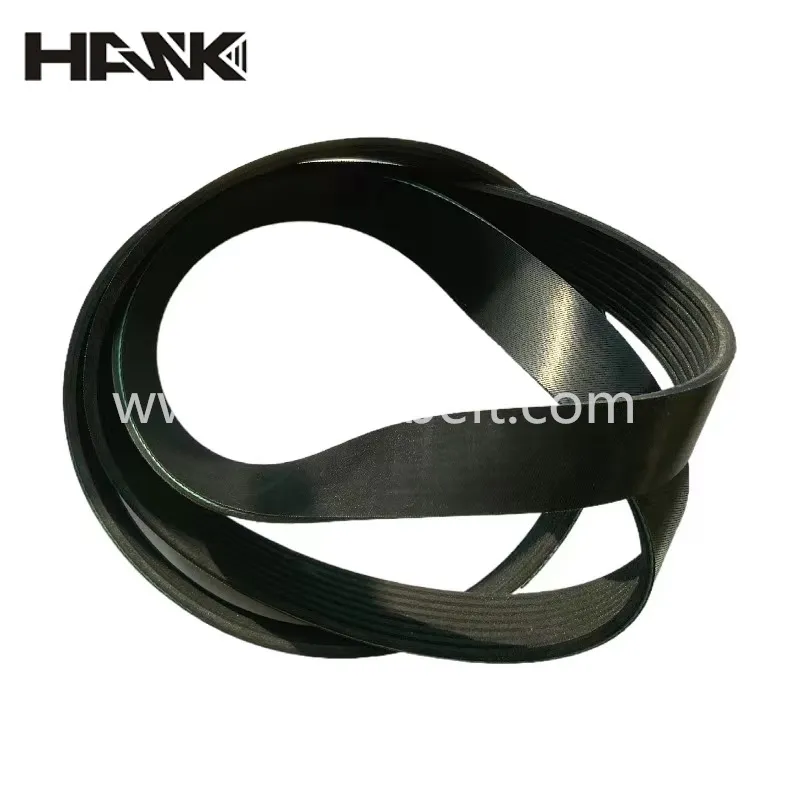- Arabic
- French
- Russian
- Spanish
- Portuguese
- Turkish
- Armenian
- English
- Albanian
- Amharic
- Azerbaijani
- Basque
- Belarusian
- Bengali
- Bosnian
- Bulgarian
- Catalan
- Cebuano
- Corsican
- Croatian
- Czech
- Danish
- Dutch
- Afrikaans
- Esperanto
- Estonian
- Finnish
- Frisian
- Galician
- Georgian
- German
- Greek
- Gujarati
- Haitian Creole
- hausa
- hawaiian
- Hebrew
- Hindi
- Miao
- Hungarian
- Icelandic
- igbo
- Indonesian
- irish
- Italian
- Japanese
- Javanese
- Kannada
- kazakh
- Khmer
- Rwandese
- Korean
- Kurdish
- Kyrgyz
- Lao
- Latin
- Latvian
- Lithuanian
- Luxembourgish
- Macedonian
- Malgashi
- Malay
- Malayalam
- Maltese
- Maori
- Marathi
- Mongolian
- Myanmar
- Nepali
- Norwegian
- Norwegian
- Occitan
- Pashto
- Persian
- Polish
- Punjabi
- Romanian
- Samoan
- Scottish Gaelic
- Serbian
- Sesotho
- Shona
- Sindhi
- Sinhala
- Slovak
- Slovenian
- Somali
- Sundanese
- Swahili
- Swedish
- Tagalog
- Tajik
- Tamil
- Tatar
- Telugu
- Thai
- Turkmen
- Ukrainian
- Urdu
- Uighur
- Uzbek
- Vietnamese
- Welsh
- Bantu
- Yiddish
- Yoruba
- Zulu
Awst . 16, 2024 23:54 Back to list
Exploring the Benefits and Applications of Small Toothed Drive Belts in Modern Machinery
The Importance of Small Toothed Drive Belts in Modern Engineering
Small toothed drive belts, often referred to as timing belts or synchronous belts, play a critical role in a wide range of mechanical systems across various industries. These belts are characterized by their toothed or cogged surfaces, which allow for high precision and efficiency in power transmission. Understanding their functionality, advantages, and applications is essential for engineers and manufacturers alike.
One of the primary features of small toothed drive belts is their ability to maintain synchronization between rotating shafts. Unlike traditional V-belts, which can slip and lose timing, toothed belts engage with pulleys using precise teeth that fit into grooves. This engagement ensures that the motion of the driver pulley is accurately transferred to the driven pulley without any loss of rotation or irregularities in speed. Such precision is critical in applications where timing is essential, such as in automotive engines or CNC machines.
The advantages of using small toothed drive belts are manifold. For one, they are typically more efficient than other belt types. With their reduced slippage, these belts allow for optimal power transfer, resulting in less energy wasted as heat. They also operate more quietly than V-belts, which makes them preferable in sound-sensitive environments such as medical devices or laboratory equipment. Furthermore, the compact design of small toothed drive belts allows for the creation of smaller assemblies, contributing to space-saving designs that are often required in modern machinery.
small toothed drive belts

In terms of longevity, toothed belts are designed to withstand significant wear and tear. They are typically manufactured from durable synthetic materials, such as neoprene or rubber, reinforced with fibers like aramid or polyester. This construction offers excellent resistance against temperature fluctuations, oil, and other environmental factors that could contribute to degradation. Consequently, many small toothed drive belts can function effectively for several years, requiring minimal maintenance compared to chain-driven systems.
Applications for small toothed drive belts are widespread and diverse. In automotive engineering, they are crucial for driving components like the camshaft, water pump, and alternator, where precise timing is necessary to ensure optimal engine performance. In industrial settings, these belts are integral to conveyor systems, robotic arms, and various machinery where coordinated movement is required. Moreover, they are often found in household appliances, such as washing machines and food processors, where reliable power transmission contributes to efficient operation.
Despite their many benefits, it’s important to ensure that small toothed drive belts are adequately assessed in terms of load capacity and operational environment. Selecting the right belt type, size, and material according to specific application requirements will enhance performance and extend service life. Regular inspections for wear, misalignment, and tension are also crucial in maintaining their functionality and preventing potential failures.
In conclusion, small toothed drive belts are indispensable components in many modern engineering applications. Their unique features, including precise synchronization, efficiency, and durability, make them the preferred choice for various industries. As technology continues to advance, the demand for high-performance, reliable power transmission solutions will likely lead to further innovations in the design and materials used in small toothed drive belts, ensuring they remain at the forefront of engineering solutions for years to come.
-
Korean Auto Parts Timing Belt 24312-37500 For Hyundai/Kia
NewsMar.07,2025
-
7PK2300 90916-T2024 RIBBED BELT POLY V BELT PK BELT
NewsMar.07,2025
-
Chinese Auto Belt Factory 310-2M-22 For BMW/Mercedes-Benz
NewsMar.07,2025
-
Chinese Auto Belt Factory 310-2M-22 For BMW/Mercedes-Benz
NewsMar.07,2025
-
90916-02660 PK Belt 6PK1680 For Toyota
NewsMar.07,2025
-
drive belt serpentine belt
NewsMar.07,2025

